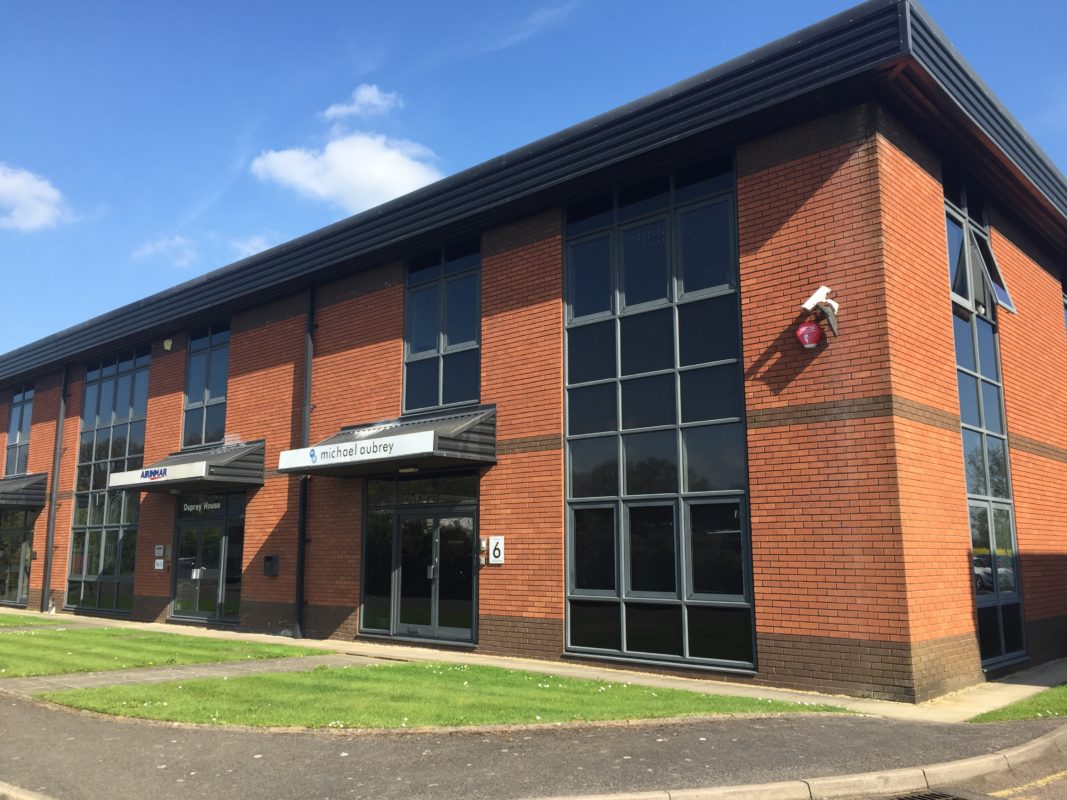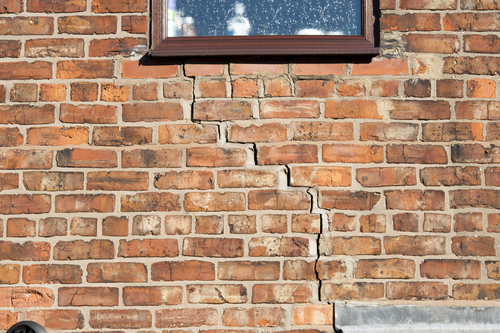Today I’m talking to John Staves, Chartered Structural Engineer about the increasing number of insurance claims for subsidence. 2023 saw a dramatic rise in the cases of subsidence as the UK experienced recording breaking dry weather.
John, What Has Been Your Experience of Subsidence?
Since mid 2023 enquiries in our office relating to “cracks in walls” have doubled. Understandably homeowners are worried that their house is falling down.
How Can People Tell The Difference Between Subsidence and General Wear and Tear?
New houses usually settle during the first few months and even years after construction, so minor wall cracks are likely.These are usually due to thermal movement and often occur at changes in construction such as between a wall and a ceiling and around door frames.However, gaping cracks, separation and horizontal crack lines might be signs that the issues are more severe.
- They are usually diagonal, and wider at the top than the bottom;
- They tend to be thicker than a 10p coin;
- They are often found around doors and windows;
- Subsidence may also cause dry wallpaper to rip or crinkle and;
- Doors and windows may start to stick
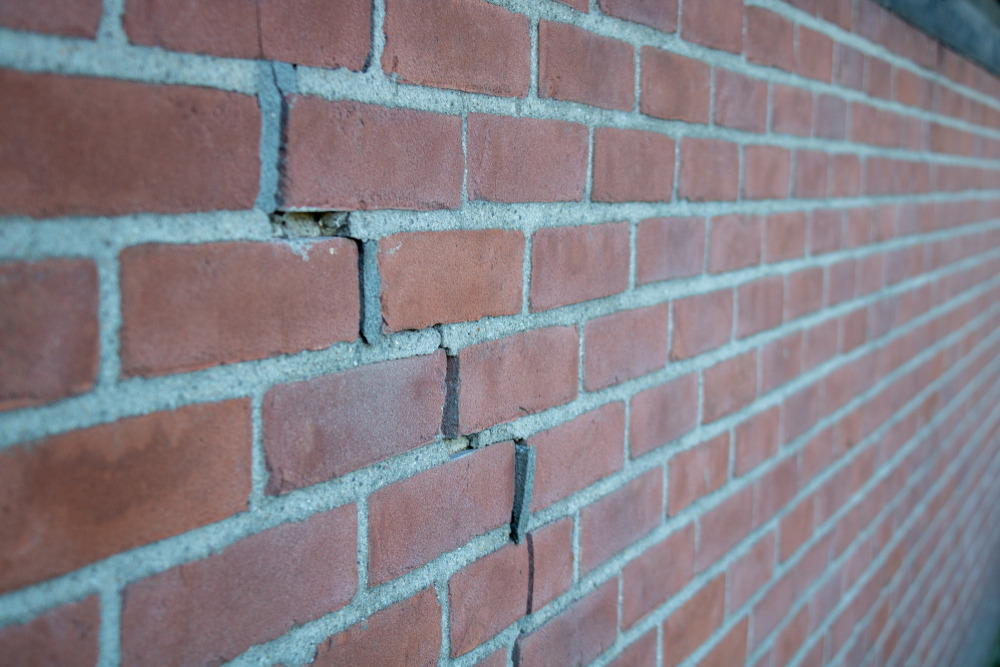
What Is Subsidence?
Subsidence is defined as;“the gradual caving in or sinking of an area of land.”
What Are The Causes of Subsidence?
Generally, there are two types of Subsidence;
One-off type Movements – often caused by leaking drains. Worse where the ground is granular, as a leaking drain washes out the fines in a granular soil. If you repair the drain, then make good the cracking in the house, there should be be no further movement.
Seasonal Movement – often caused by the ground drying out (made worse in clay soils and/or you are near to certain types of trees).Once movement has been monitored, you are best to underpin the property so that the foundations are founded on soils that are no longer subject to seasonal change.
9 Most Popular Questions About Subsidence
Should I Buy A House That Has Had Subsidence?
Insurers and mortgage lenders are nervous about properties that have either had subsidence or are near to properties that have had subsidence – it seems to blight a property.If the property has had subsidence and it has been repaired eg underpinned, it’s on very good foundations now and isn’t likely to move again.However, the re-sale value will likely be low and it might be expensive obtaining house insurance in the future.
Can You Sell Your House If It’s Had Subsidence?
Yes you can, however it’s likely that the value will be slightly reduced and it might put off potential buyers who are risk-averse.
I think My House Has Subsidence – Can It Be Reversed? What Actions Can I Take?
It depends on the extent of the cracking and what caused the cracking in the first place.You would need to find out if the building still moving – ideally appoint a Structural Engineer who would carry out a detailed investigation.
Trial Holes
To identify the depth of your existing house foundations, trail holes would need to be dug adjacent to your house (your Structural Engineer should be able to arrange this for you).This would confirm the depth of your existing foundations and also what type of soil they are founded on.In the Thames Valley, the main cause of subsidence is clay soils.Soil samples may be taken and tested.
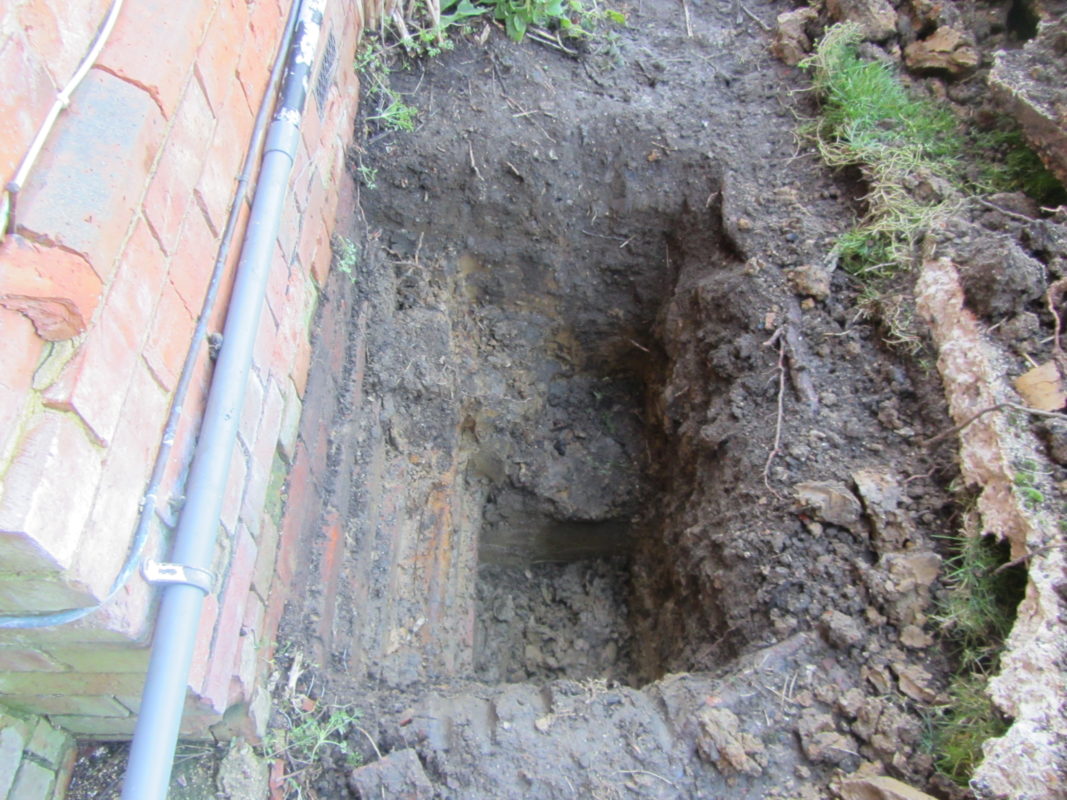
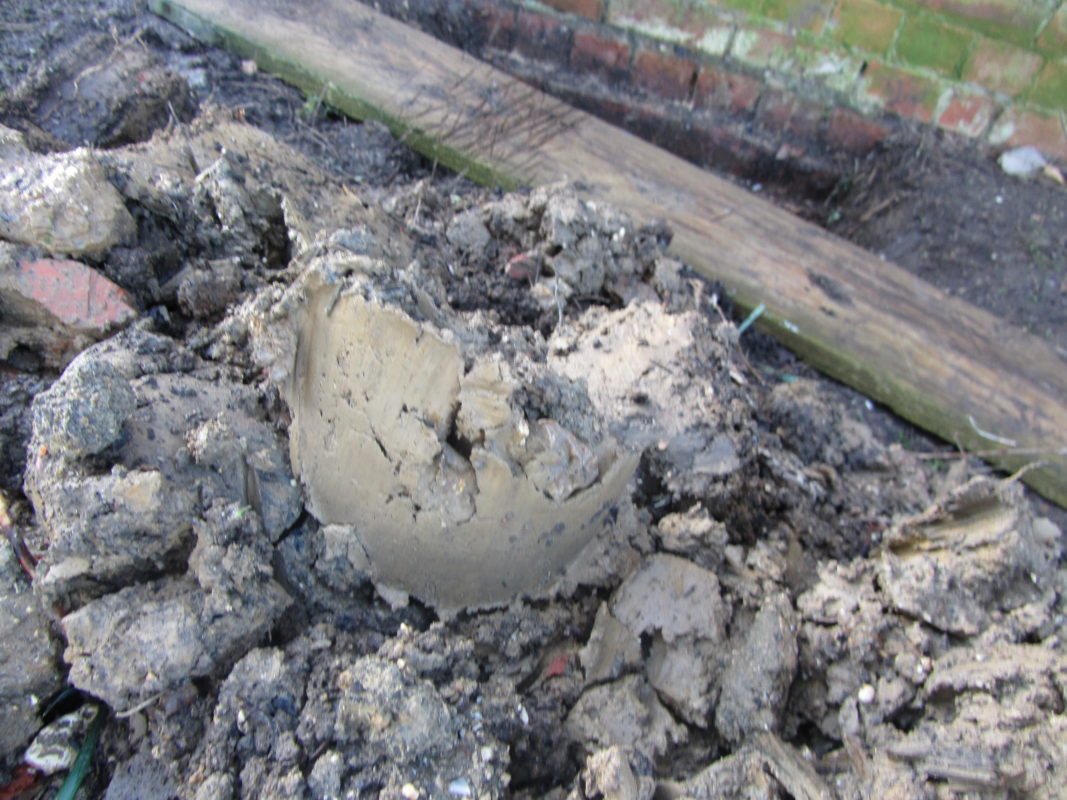
How Do You Monitor The Cracking?
Your Structural Engineer will need to establish whether the crack is increasing in size. The best method for measuring crack movements is by use of a crack monitor or ‘tell-tale’.
Once the “tell-tale” is fixed in position an initial reading is taken. Then more readings are taken at regular intervals to establish if movement is occurring and if so, at what rate. By comparing the different rates of movement for cracks at different locations in a building, the cause and location of the weakness can be established.
The monitors should be left in place for as long as possible to establish whether the crack is moving or not and for a minimum of eight weeks.
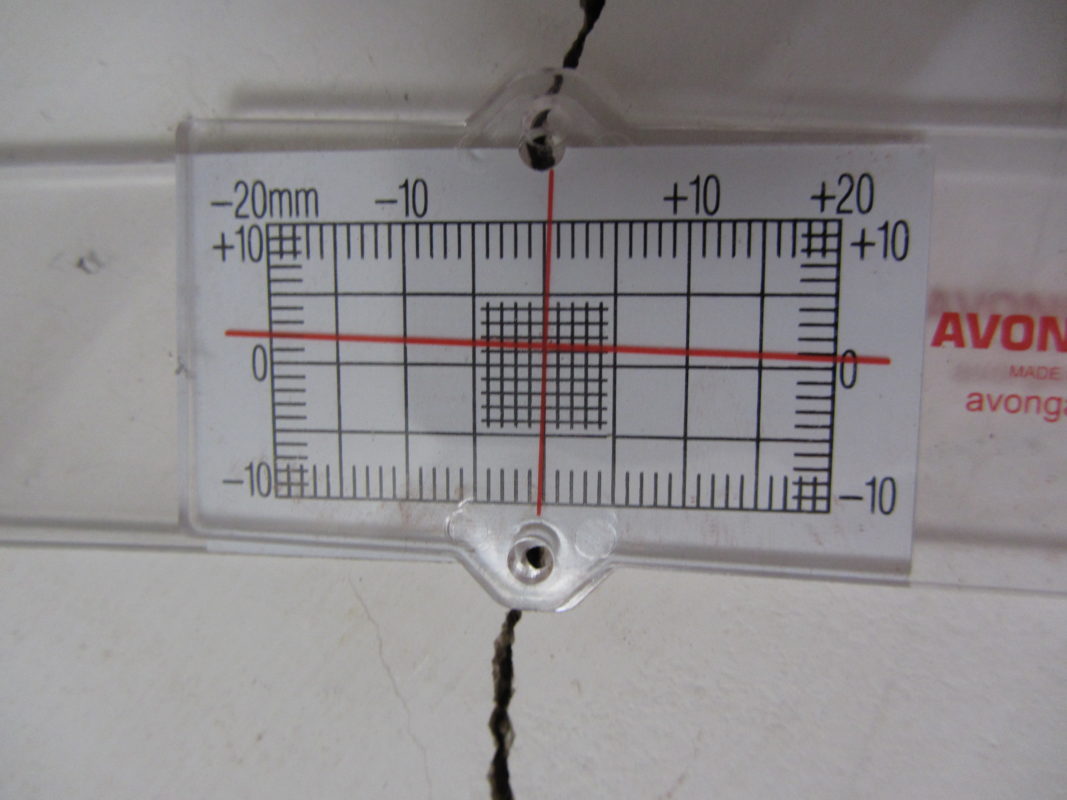
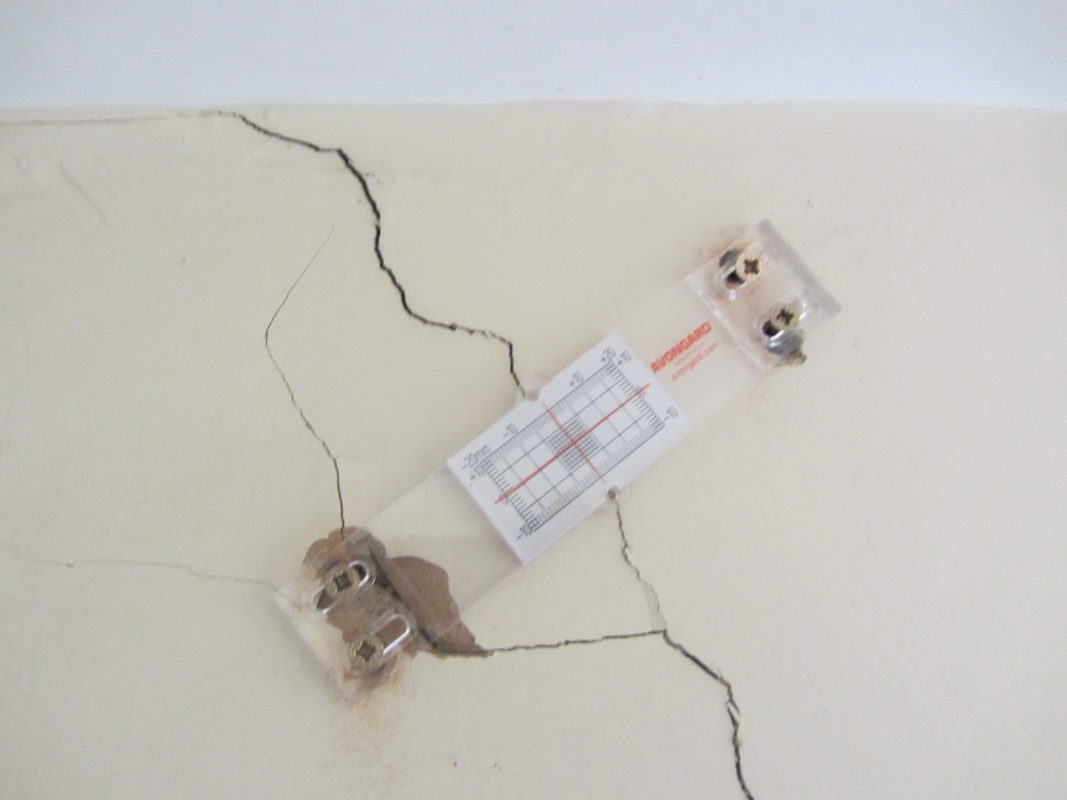
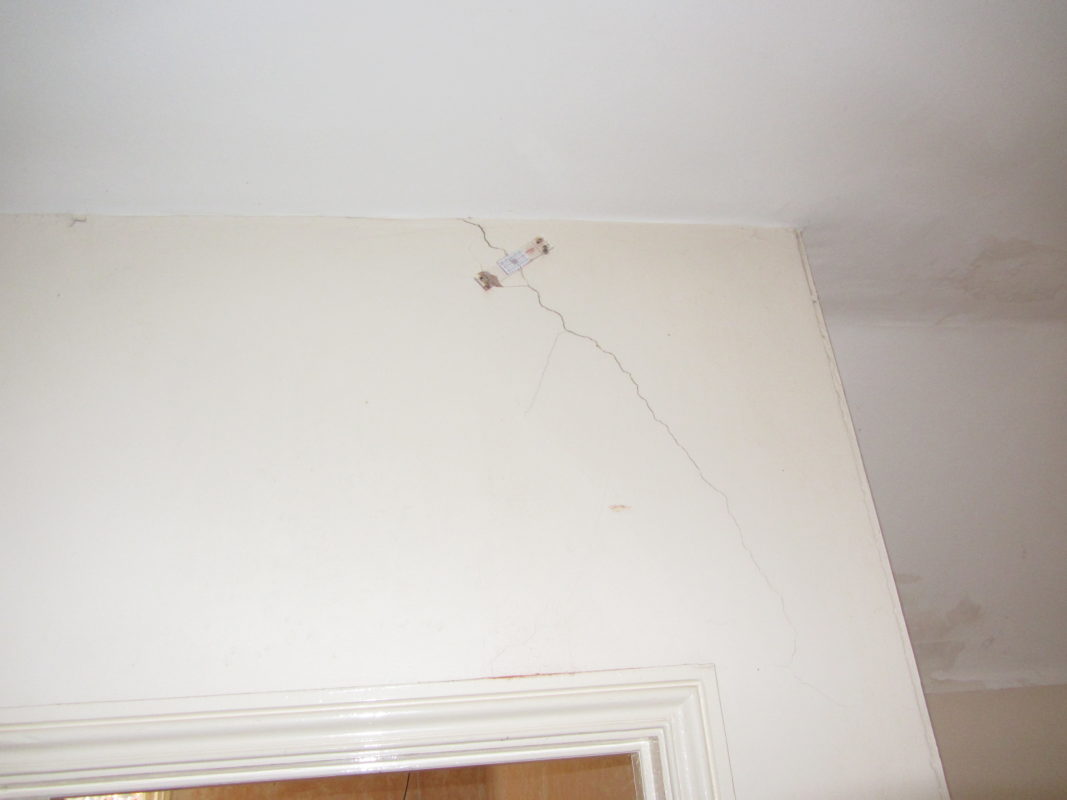
Subsidence Cracking
The shape of the crack can tell us which part of the building is moving, in which direction, relative to the other parts of the building.
Cracks can be vertical – a vertical shear. This normally occurs if your foundations are founded on different types of soil and your house will “sink” on the side with the lowest bearing pressure.Usually, you get “rotational movement” – often cracking is wider at the top than the bottom.Or sometimes a corner of a house might have lifted, or the middle of a wall panel might have sagged.
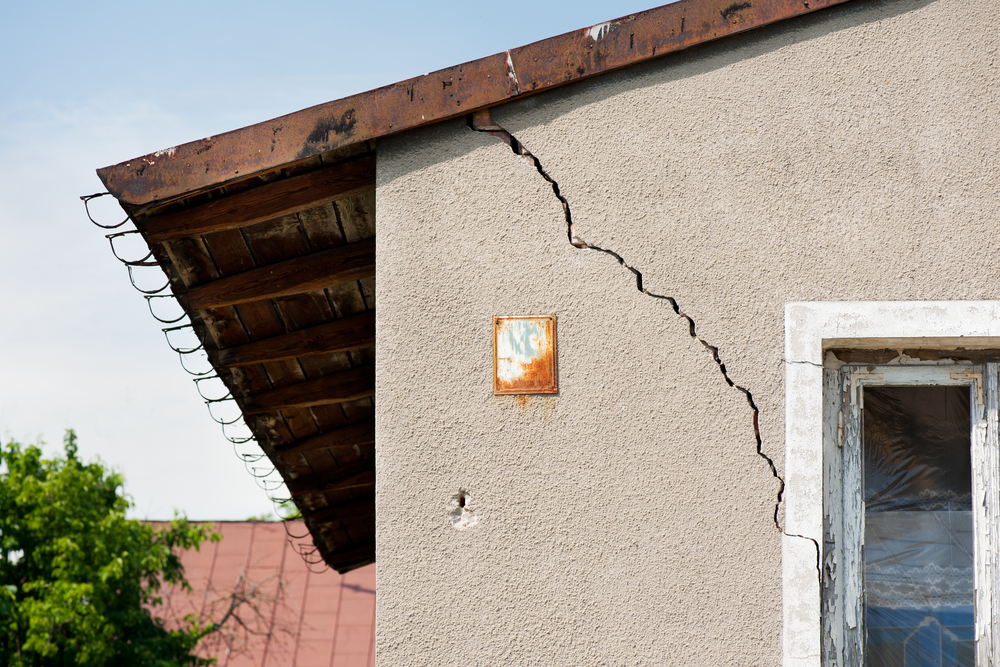
What Is Underpinning?
Underpinning is a method used to increase foundation depth or repairing faulty foundations.If monitoring has established that movement has not stopped, your property can be underpinned.
The aim is to take your existing foundations down to a lower depth where they won’t be affected by seasonal movement and moisture change.This is normally carried out with mass concrete foundations (although there are other methods), designed by a Chartered Structural Engineer.
How Do I Repair Cracks in My Wall?
Cracks can be repaired by raking out the joins and re-pointing. If the cracks have gone through bricks, you’d normally replace the brick.In some cases, you might do something called “crack stitching” where you add reinforcing bars to the horizontal joints in the masonry to strengthening them ..stitch it all back together!
Will Subsidence Devalue My Home?
Yes, but mainly through ignorance and public perception. Once it has been mended it will be stronger than when it started out.
How Does Subsidence Affect Insurance?
Unfortunately, insurers take a very risk-averse approach and if there has been subsidence either at the property or even in the neighbouring properties in the same post code, you could find that the premiums are higher.
How Can Subsidence Be Prevented?
Making sure that your drains are well maintained so that they don’t have a chance of causing wash out if you are in granular soils.
By ensuring that your foundations aren’t within soils which change volume seasonally with moisture content (good design at the outset).Keep trees pruned and controlled at a steady height. Don’t drastically take the trees down as this will may lead to “heave”.By keeping the trees at a steady height the water demand will remain similar and all things being equal, it should be OK.The problem occurs when we have a very dry summer.
You get desiccation through natural evaporation through the surface, so you don’t have to have a tree nearby to get subsidence if your house is built on a clay soil because it will still dry out.Trees to avoid / ensure that they are planted a safe distance from your property; Willow, Poplar, Oak and Ash.
How Can a Structural Engineer help With Subsidence?
A Structural Engineer will determine what is actually happening by intrusive investigation, for example, trial holes to find out what the foundations are actually sat on.If we know we are on sandy soils and there is a drain nearby, it could be that there is a leak in that drain.
Normally this occurs on the bend in the pipe.If it goes unnoticed or ignored, it can cause wash out under the foundations.Sometimes it can also happen with heavy rainfall. If you get excessive water movement in the founding levels you get movement; if the water table rises you’ll get subsidence because the load bearing capacity of the ground reduces if its on a granular soil.
One of the problems in London is the rising water table because we don’t extract from the aqufa in the same way that we used to.A Structural Engineer is specialist and understand how a structure works and subsidence is clearly a structural issue.In this area of the UK, clay soil is the main cause of subsidence.
Get In Touch
Have you noticed cracking in your walls? Call Us today on 0118 962 9666 for a Free, no obligation consultation.
REquest A Quote